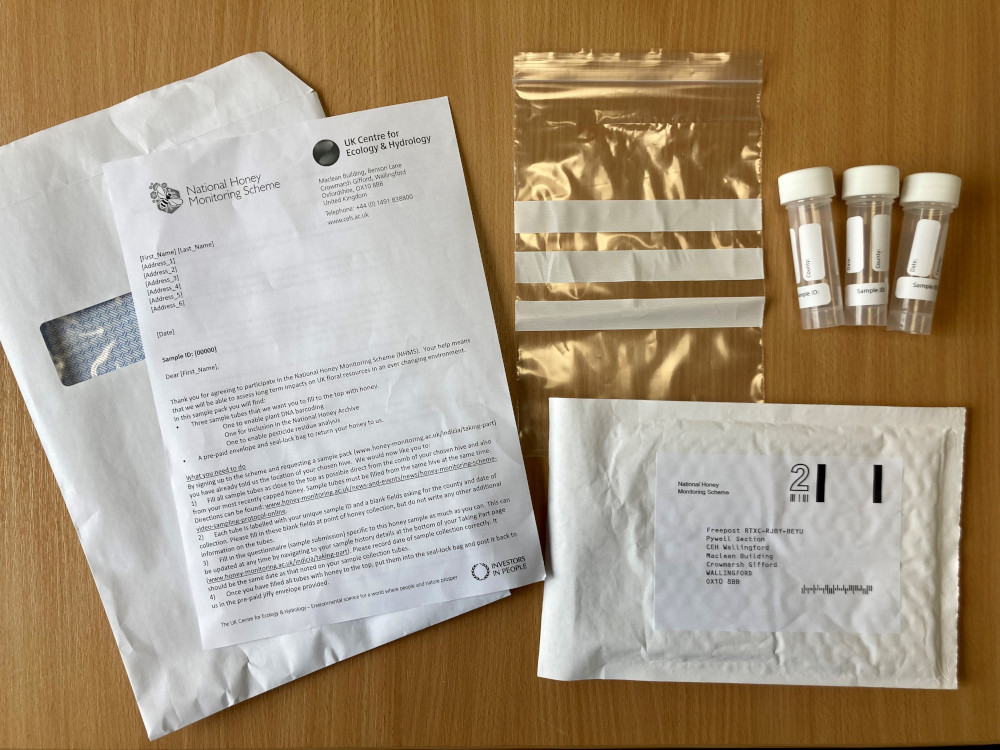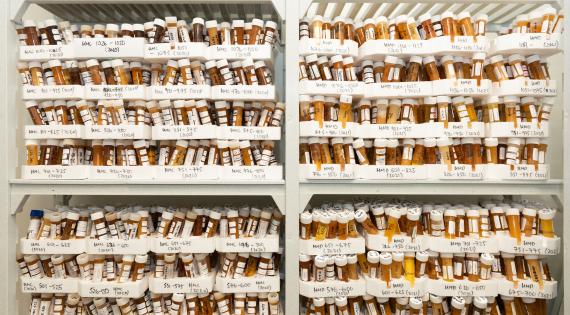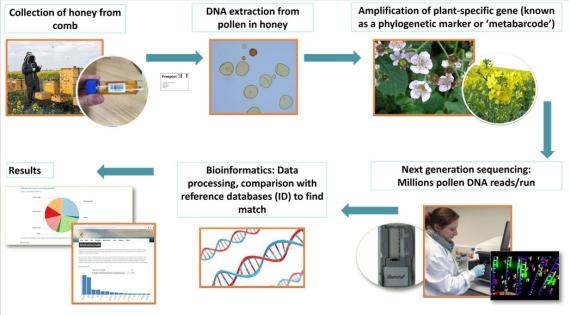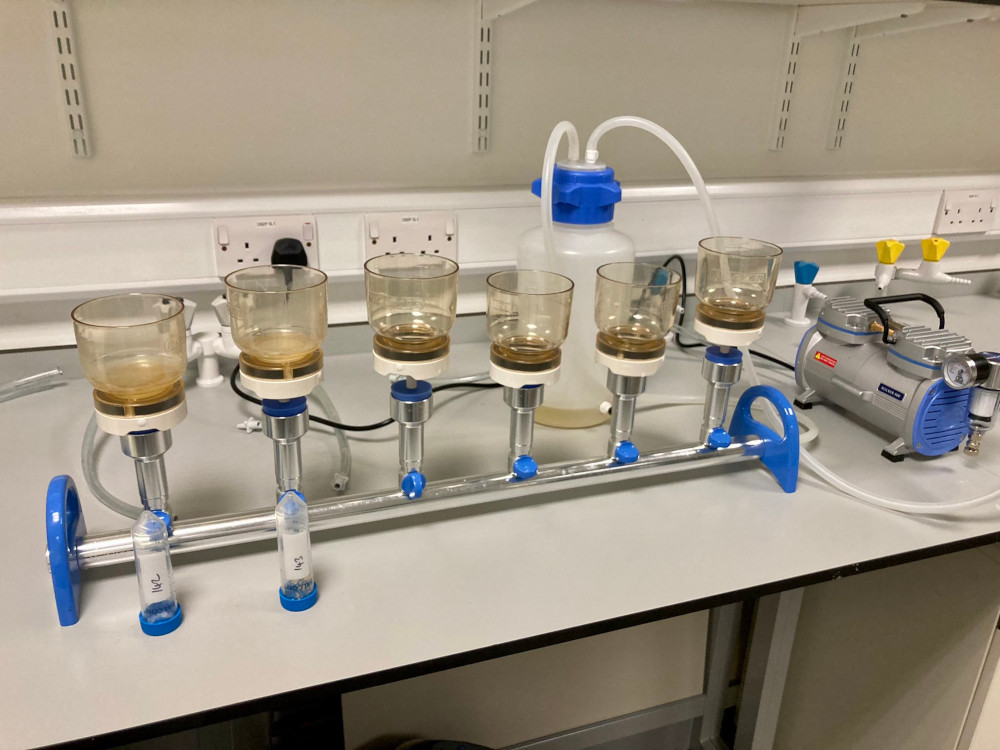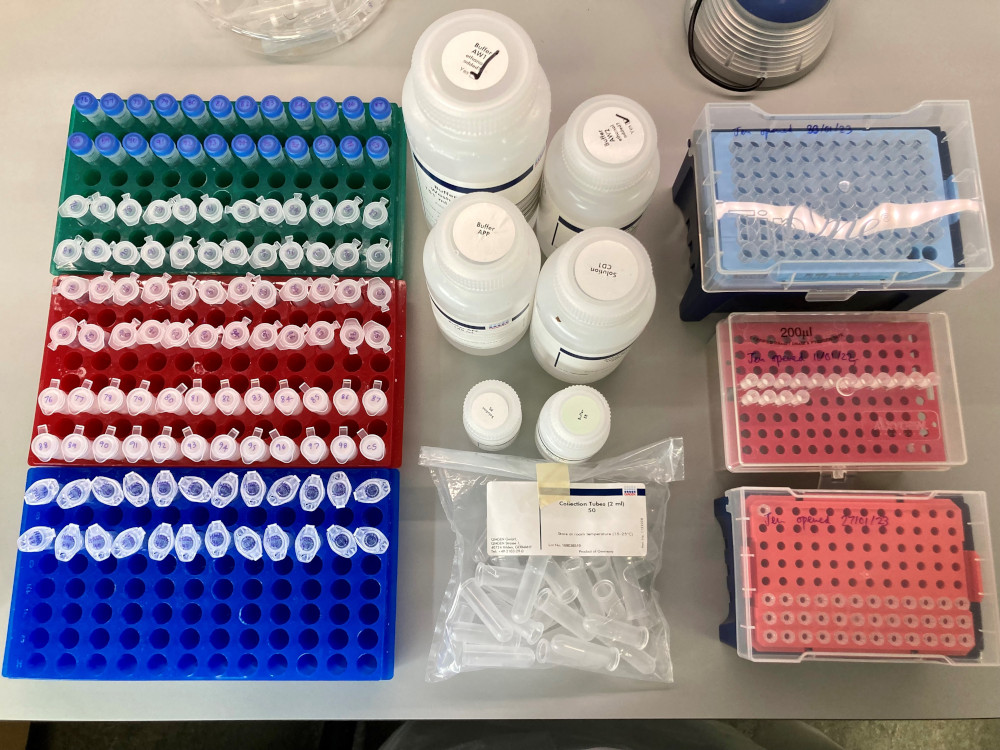SAMPLE PACK REQUESTS FOR 2025 ARE NOW CURRENTLY CLOSED. REQUESTS WILL REOPEN IN THE SUMMER. THE EXACT DATE WILL BE CONFIRMED IN DUE COURSE.
To request a pack:
You need to create an account to take part and request a sampling pack.
You can create a new account, or log in to an existing account, by clicking here (or simply use the "Log In" tab at the top of this page).
When you request a sampling pack, we post an envelope containing:
- instructions for collecting honey samples straight from the comb,
- 3 x labelled sampling tubes,
- a resealable plastic bag,
- a padded Freepost return envelope.
Your sampling pack should look like this when it arrives:
